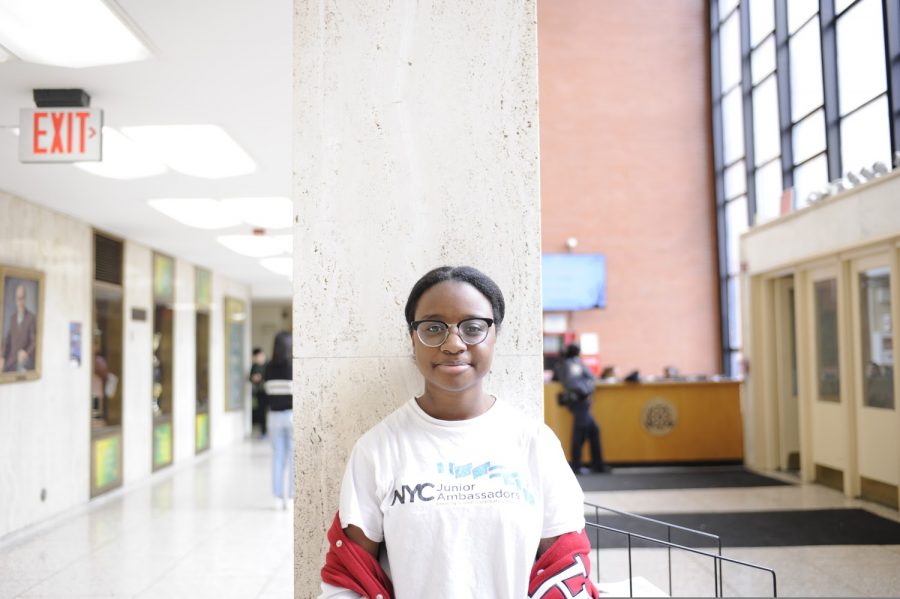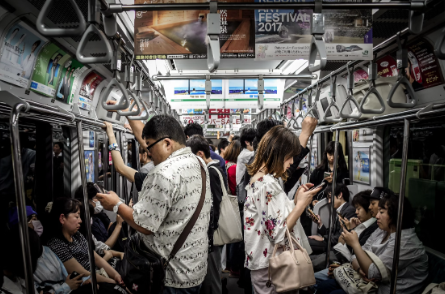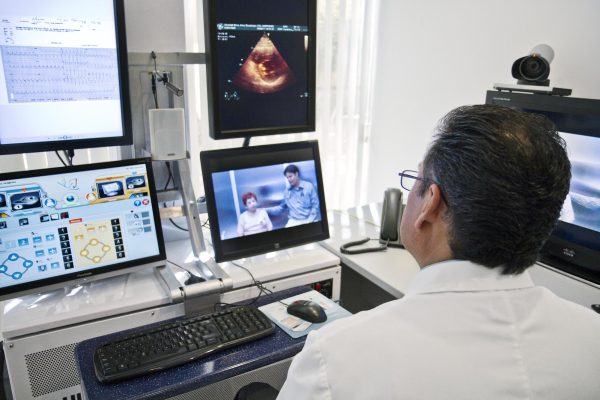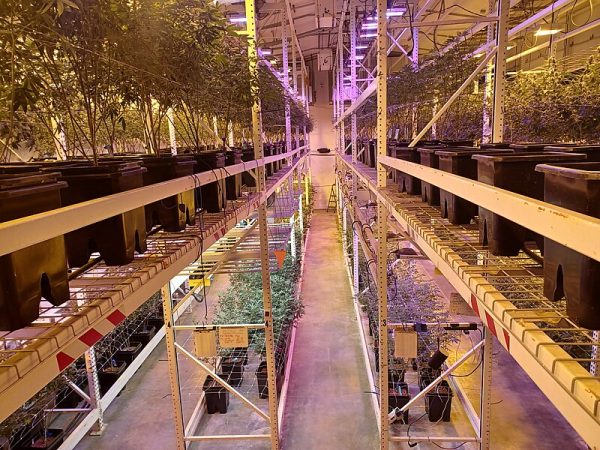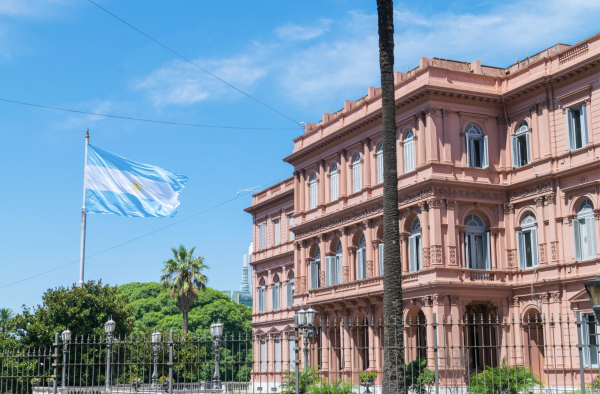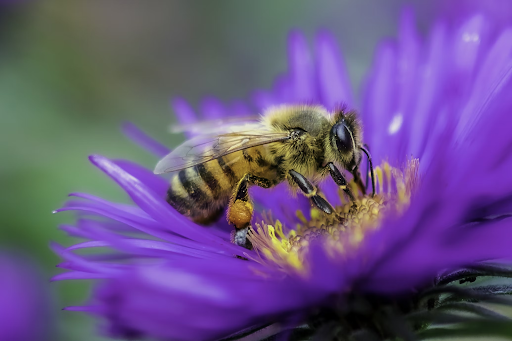The Coronavirus: Its Origins, Statistics, and Impact
The coronavirus has changed the mindsets and worldviews of many people. “The general public is now more concerned with health and safety,” said Aissata Barry ‘22.
The novel coronavirus, officially called COVID-19, became widespread in China during early January 2020. The disease’s symptoms include a fever, tiredness, and dry cough. As a result, it is sometimes difficult to distinguish between the coronavirus and any other cold-causing virus without taking a test. Currently, the world is experiencing a shortage of these coronavirus tests, so it is not known exactly how many people have the novel coronavirus. However, it is estimated there are 2,063,161 cases worldwide, with a death toll of 136,938. There is still much that is unknown about the virus, meaning that the exact level of threat that it is posing is also unknown. However, statisticians are using changes in coronavirus cases and outcomes in other countries such as China and Italy to predict the rate of increase, flattening rate, and others. Scientists are also working on developing a vaccine right now, but it may not be available for eighteen months or more. As the death tolls rise, it is important to recognize that the virus is dangerous and should be treated as a major threat to everyone, regardless of age or pre-existing health conditions.
Coronaviruses are part of a family of viruses that cause diseases in mammals and birds. When affecting humans, they cause respiratory infections such as the common cold. However, rarer forms of the virus, such as SARS, MERS and COVID-19, can be lethal. The 2002-04 severe acute respiratory syndrome (SARS) outbreak was similar to the current coronavirus pandemic in that it began in China and spread to many other countries in a short period of time. However, SARS, which killed 774 people in total, did not reach the level of infections that COVID-19 has reched. According to New Scientist, there are currently two strands of COVID-19 that are spreading now: the “L” strand and the “S” strand. A team of researchers at Peking University studied the virus’ genome and theorized that the L strand developed from the older S strand. Out of the 101 cases tested in China, 72 were considered to be the “L-type” and 29 were identified as “S-type.”
The outbreak began in China’s Hubei province in December 2019. Its exact cause is unknown, but scientists theorize that the virus came from bats or pangolins. The coronavirus spread to the rest of the world as people traveled from Wuhan. The spread was facilitated from the coronavirus’ two week dormancy period, meaning that it often takes two weeks for symptoms to show. Therefore, people wouldn’t know they were sick until they had unknowingly passed on the virus to others. As of now, the United States is the epicenter of the outbreak, with over 644,188 cases (surpassing both China and Italy). Over half of those are in New York, which has led to the closure of restaurants, stores, bars, and all public and private schools, including Bronx Science. As a result, schools are now using remote online learning, which will continue throughout the duration of quarantine. Many students have found the transition to be difficult.
However, there have been some positive aspects of online school. Aissata Barry ’22 said, “Being able to do classwork in pajamas while lying in bed is amazing!” The NYC DOE has extended the school closing through June 2020. There have been many other school-related cancellations such as the June Regents examinations being canceled, and it has recently been decided that students do not need to take these exams as long as they are passing their classes. Also, the AP Exams have been reduced to just 45 minutes and will now be taken online.
It is more important now than ever, to stay at home. We must flatten the curve and slow the spread of this virus, and for that to happen, everyone must cooperate and practice social distancing. During these uncertain times, we should strive to remain strong and unite against the coronavirus.
We must flatten the curve and slow the spread of this virus, and for that to happen, everyone must cooperate and practice social distancing.
Sophia Randall is a Staff Reporter for ‘The Science Survey’ and ‘The Observatory.’ She enjoys writing about events going on around the world as...

